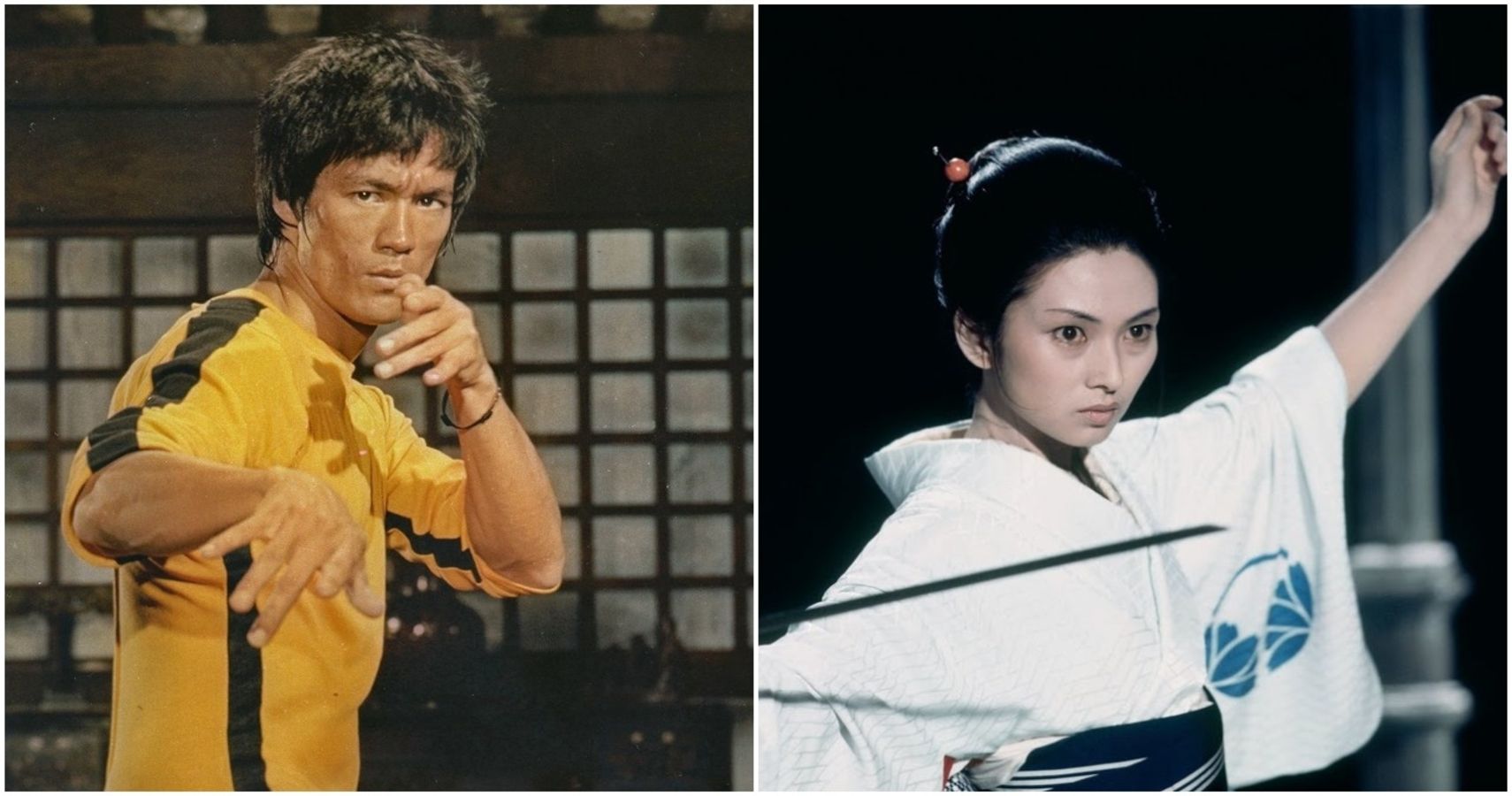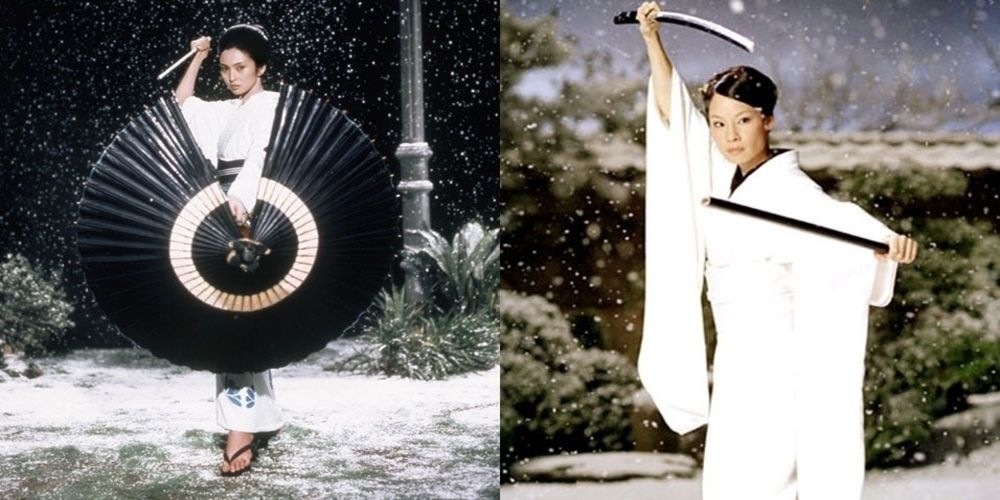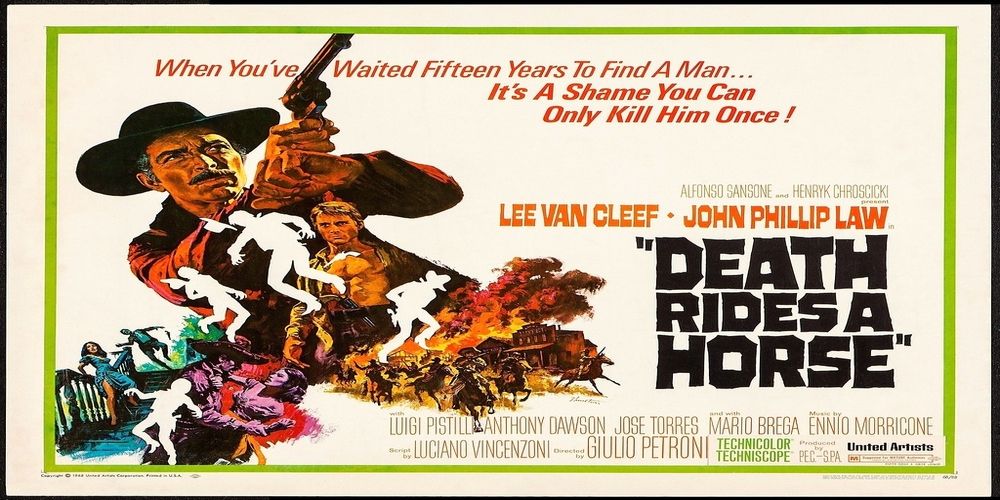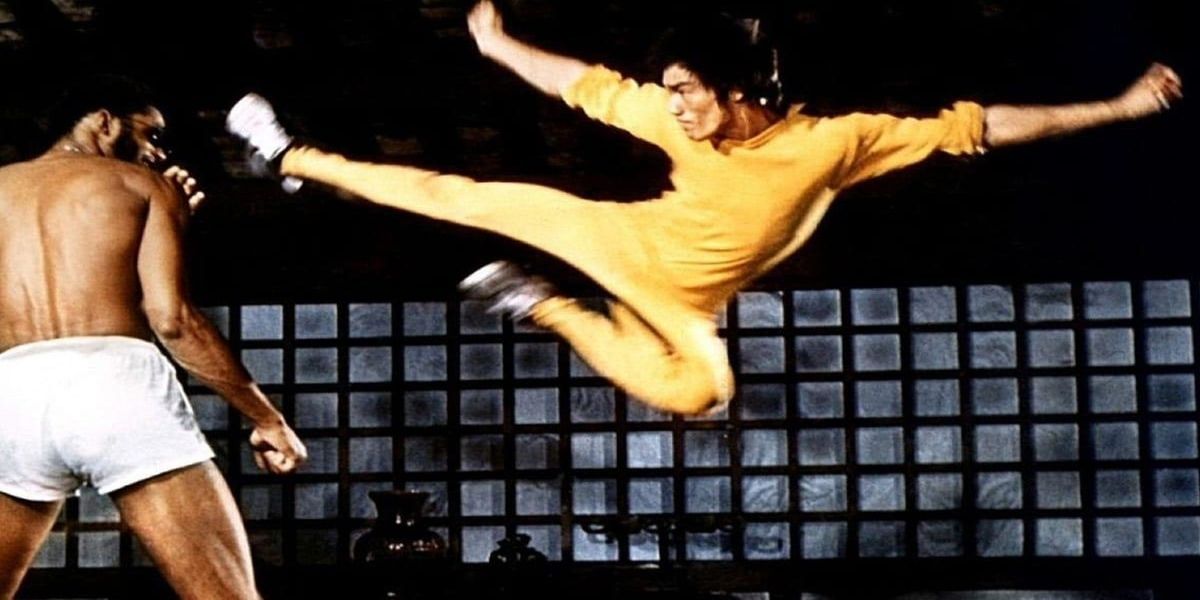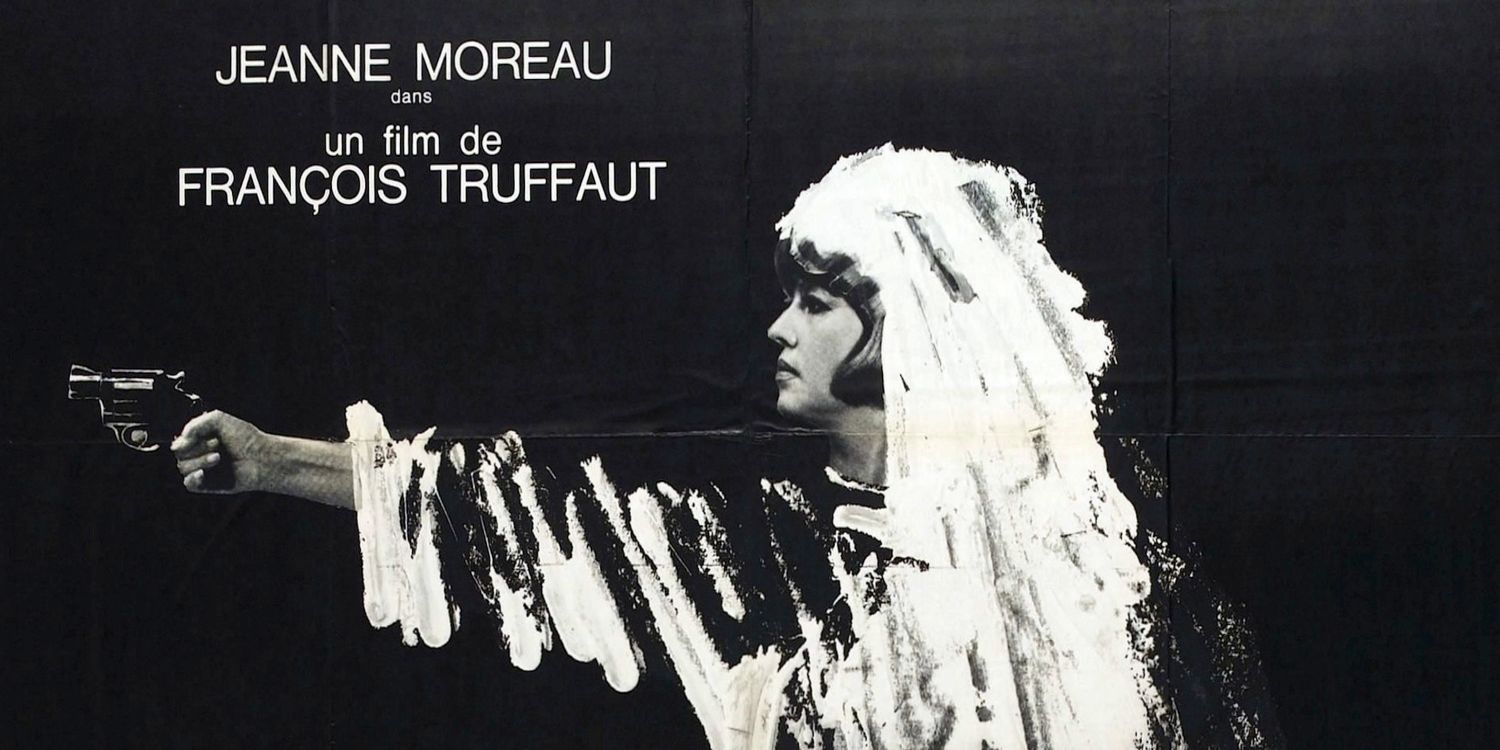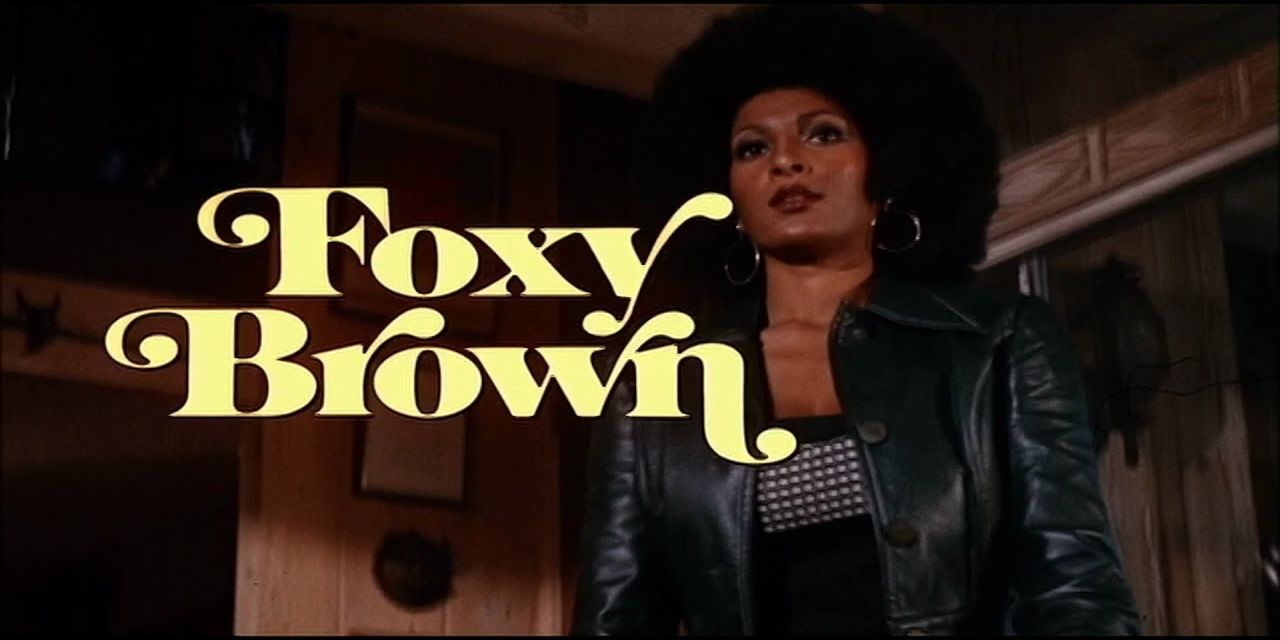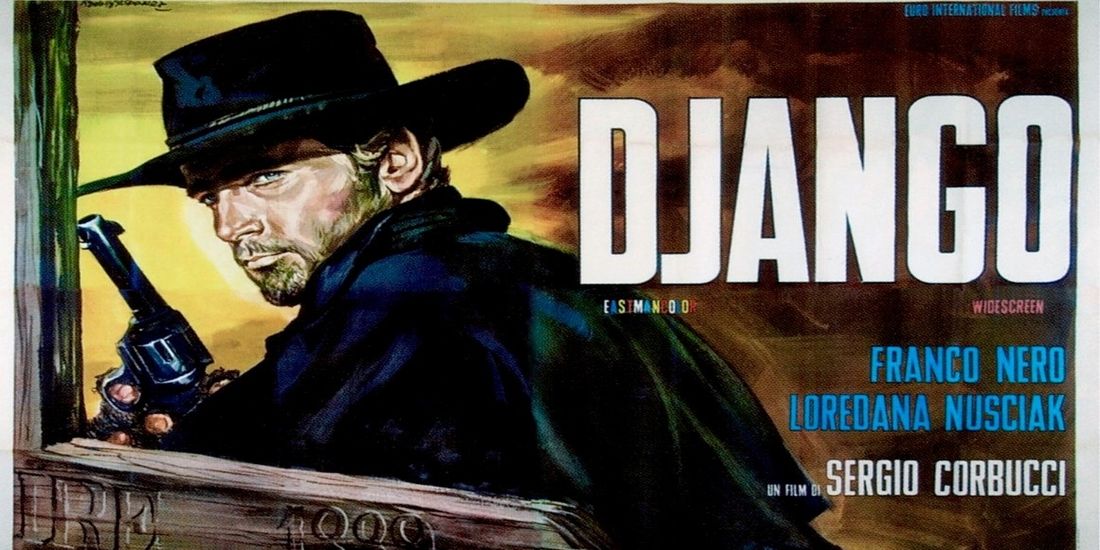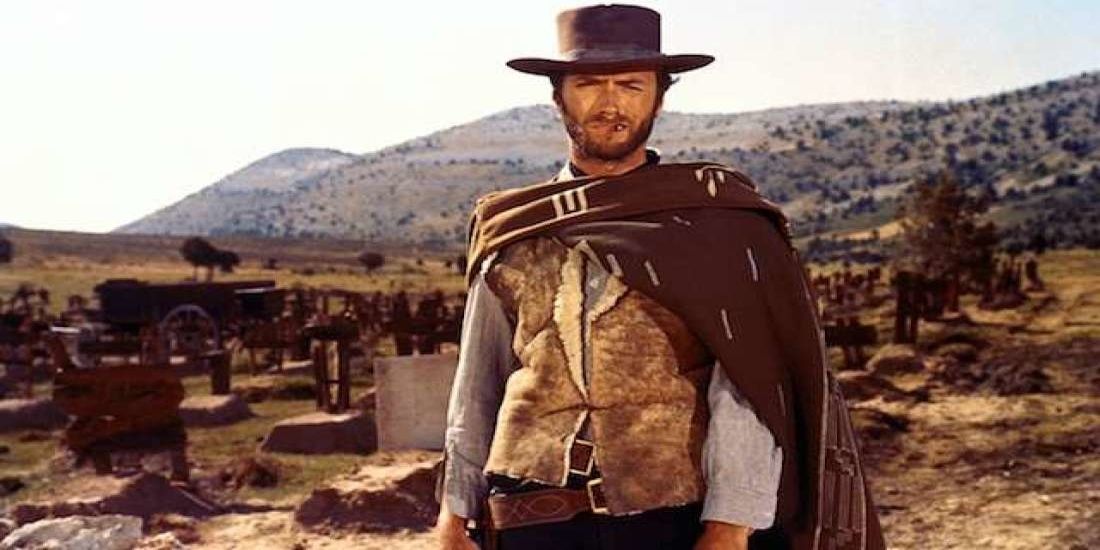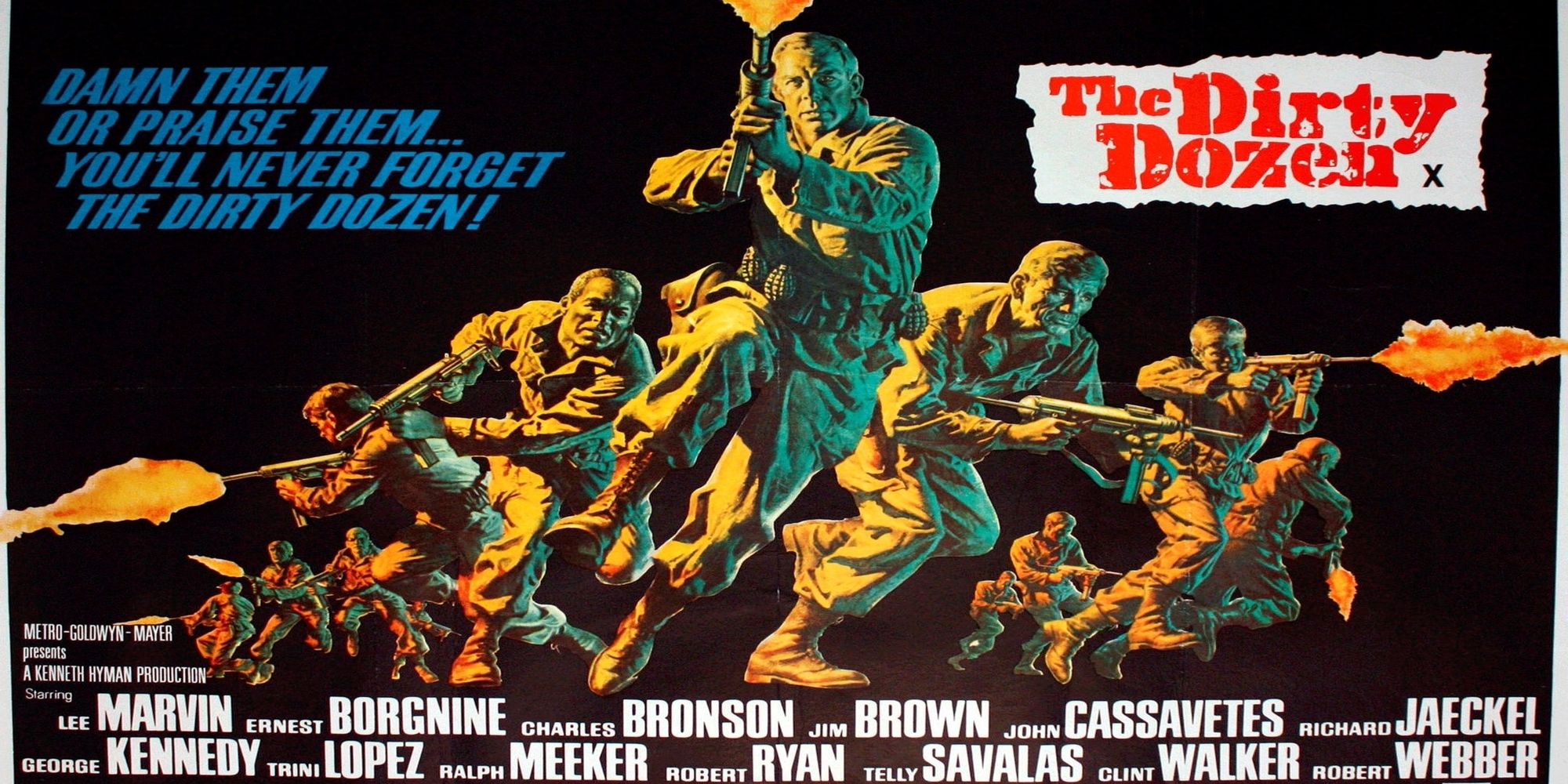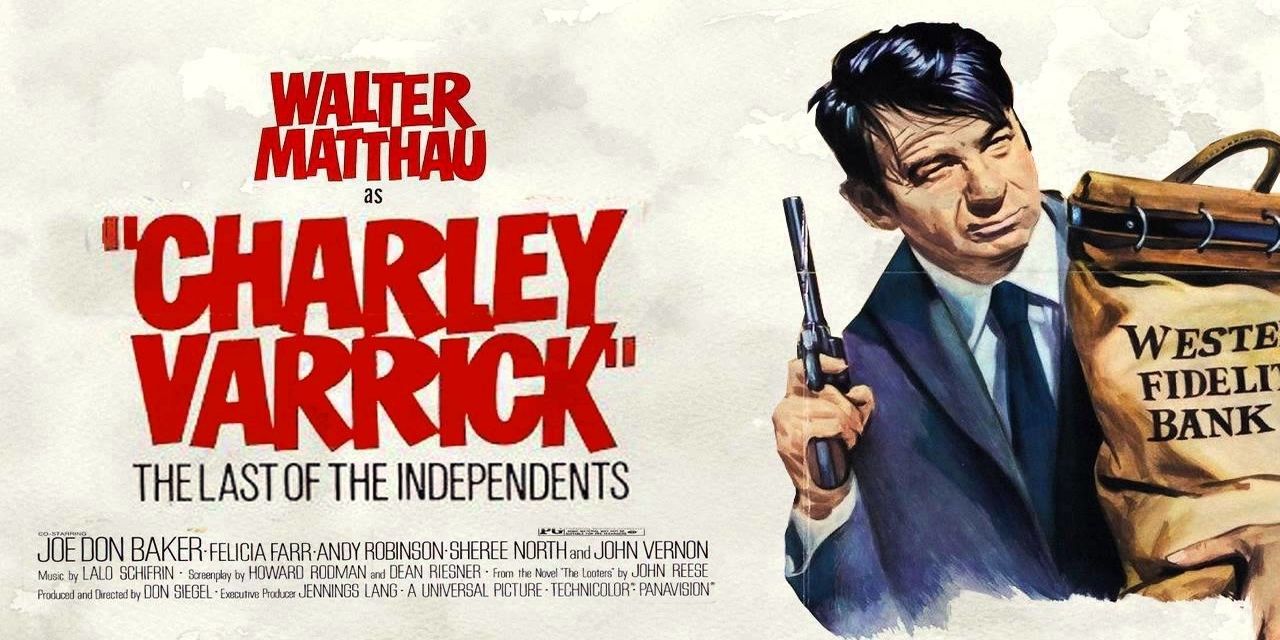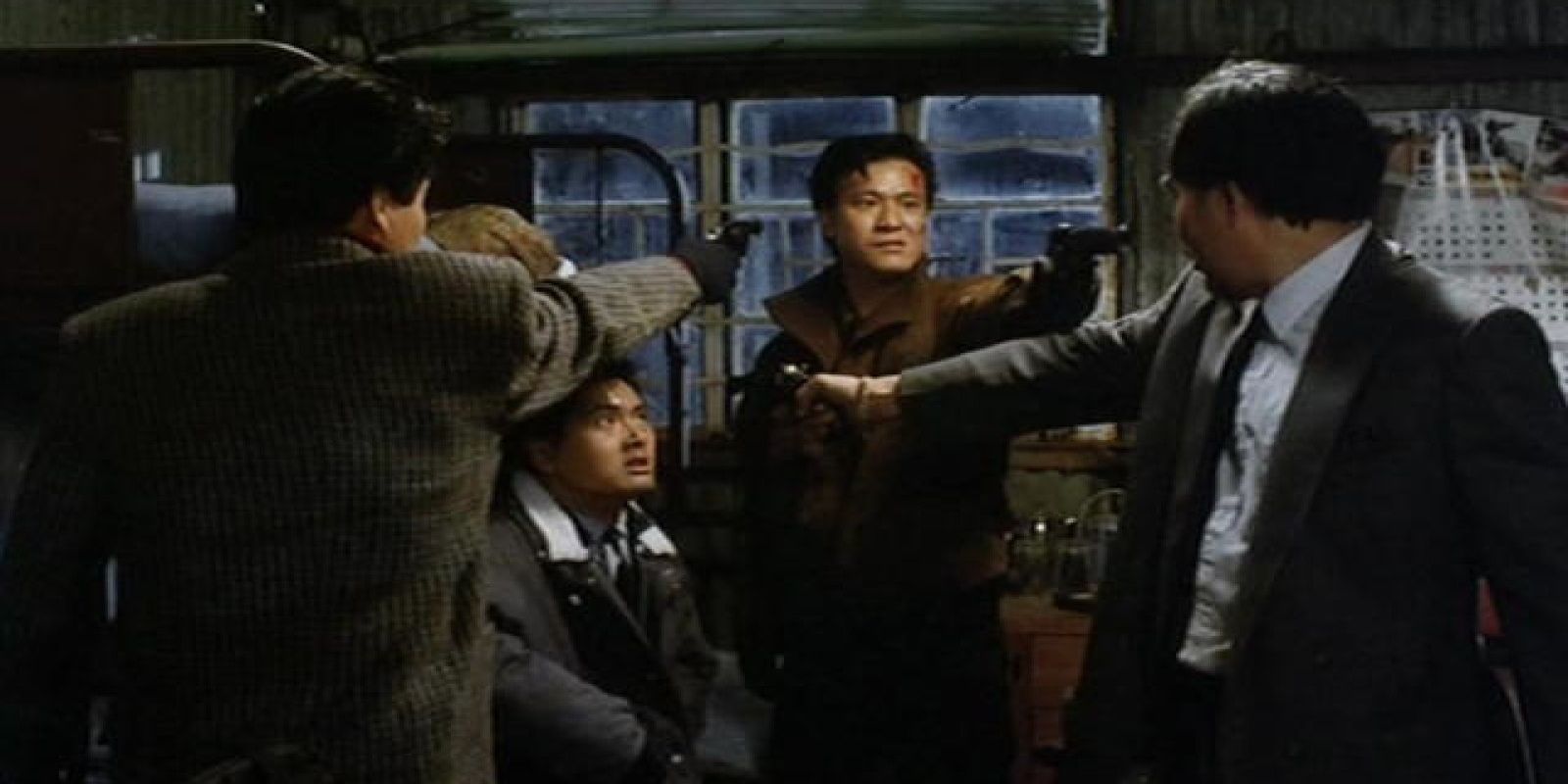Quentin Tarantino is without a doubt an ingenious and innovative filmmaker; his name has even been given to a specific cinematic style/feeling: Tarantinoesque (no, seriously, look it up in the Oxford Dictionary). However, this does not mean he has not been influenced from someone. He himself has admitted that he “steal[s] from every single movie ever made” (he’s a lot more upfront about it than his fans).
The thing about Tarantino is that he never went to film school and did not even graduate high school. He learned how to make movies through watching them, making them, and by working at video stores, so it would come as no surprise that he was heavily influenced. Here are 10 films that put him on the director’s path.
Lady Snowblood / 修羅雪姫 [Shurayuki-hime] (1973)
The influence of this film is obvious in Kill Bill. From the main female vengeful character trained in swordsmanship, to the battle in the snowy garden, to the aesthetic, the non-linear order, and the song ‘The Flower Of Carnage’ used originally in Lady Snowblood (and sung by Meiko Kaji, the protagonist herself), Kill Bill pays beautiful homage to this Japanese movie. Yuki, a deadly assassin known widely as Shurayuki-hime, was trained since childhood to avenge the rape, wrongful conviction, and imprisonment of a mother she never met. When she comes of age, she hunts the men responsible one by one and enacts her bloody vengeance.
Death Rides A Horse / Da Uomo A Uomo [lit. As Man To Man] (1967)
We are sure you are familiar with the use of this movie’s soundtrack in Kill Bill, but it was not the only thing Tarantino picked up. This beloved classic Spaghetti Western by Giulio Petroni has been a source of inspiration for the style of Tarantino’s The Hateful Eight and Django Unchained.
In this film, young Bill (John Phillip Law), a boy whose entire family was murdered in front of his eyes, embarks on a journey of revenge 15 years later, having become a skilled gunslinger. Each one of the murderers carried a distinctive feature that Bill committed to memory while seeing his family massacred and his home burned.
Game Of Death / 死亡的遊戲 [Sǐwáng Dé Yóuxì] (1978)
Remember that yellow striped tracksuit and bike in Kill Bill? They featured first in this movie. Originally, it was shot in 1972 but was never completed, and the final product featured a very different plot than the original and was released 5 years after the protagonist Bruce Lee’s death. Lee plays Billy Lo, a martial artist that rose to prominence as a movie star who now must exact his revenge against a criminal syndicate that he refused to bow to. His first clash with them leaves him disfigured which gives him the opportunity to fake his death and make his plans.
The Bride Wore Black / La Mariée 'Εtait En Noir (1968)
This film bears a lot of similarities to Kill Bill, from the theme of vengeance, to the inciting incident happening (the death of the titular bride’s almost husband) at a wedding, to little details like the protagonist having a “Death list” in her notebook. This French movie by François Truffaut tells the story of the vengeance of Julie Kohler (Jeanne Moreau), a woman who lost her partner on their wedding day.
Her first impulse when grief-stricken is to commit suicide, but instead she travels around France hunting down the men responsible. It was nominated for a Golden Globe as Best Foreign Language Film.
Foxy Brown (1974)
Even from the title it is obvious what this movie was an inspiration for. Pam Grier starred in both Jackie Brown and its predecessor as the proclaimed blaxploitation queen. She portrays Foxy Brown, a woman who is forced to infiltrate a “modeling agency” (euphemism / cover for brothel) posing as a prostitute to be close to her boyfriend’s killers and the brothel’s owners: Steve Elias (Peter Brown) and Miss Kathryn (Kathryn Loder). The film was criticized for stereotyping African-Americans in a time of sociopolitical turmoil (which was definitely true), but simultaneously praised for its feminist themes.
Django (1966)
Again… does this title ring any bells? This Italian spaghetti western by Sergio Corbucci was created to piggyback on the success of Sergio Leone’s A Fistful Of Dollars (starring Clint Eastwood), although it has become a classic on its own right ever since, with the character Django being referenced dozens of times in films that followed.
One of those films was Tarantino’s Django Unchained, in which Franco Nero (who originally played Django) makes a cameo appearance. Django is a former Union soldier who roams the desert at the American-Mexican border until he comes upon the men of Major Jackson – a bigoted ex-Confederate soldier - that are harassing Maria, a prostitute. He saves her, but the pair enters a vendetta with the local Red Shirts.
The Good, The Bad, And The Ugly / Il Buono, Il Brutto, Il Cattivo (1966)
Of course, this movie is here; Clint Eastwood and Sergio Leone could not be missing as an influential pair for Tarantino.
Again, following his everlasting love for spaghetti westerns, Tarantino pays homage to this movie any chance he gets: from using "Il Tramonto" (an Ennio Morricone piece from this film’s soundtrack) in Kill Bill: Volume II, to the Mexican standoff in Reservoir Dogs, to people having supposedly aloof but very tense conversations before one murders the other (like the opening of Inglourious Basterds). Traces of this iconic film can be found everywhere in Tarantino’s career.
The Dirty Dozen (1967)
Tarantino’s Inglourious Basterds is in many ways a tribute to this film by Robert Aldrich. In this movie, a group of American US Army prisoners turned soldiers (two of them German speaking) are trained for a special mission called Project Amnesty: to parachute down onto Brittany, France and kill a number of high-ranking Wehrmacht officers to unsettle German authority in North France only days before the Normandy Landings (often referred to as D-Day). The spirit of both films is perfectly captured in this one’s tagline: “Train them! Excite them! Arm them! …Then turn them loose on the Nazis!”.
Charley Varrick (1973)
It feels weird that this movie by Don Siegel came first, because if you watch it you will get the feeling that it is a retroactive homage to Tarantino’s career (although the inverse is obviously true): the film starts as Reservoir Dogs gone equally wrong, but it quickly turns into Jackie Brown, then somewhere along the way Pulp Fiction knocks on the door and says “Hi! Can I be in the movie too?” It starts with Charley, his wife Nadine, and two accomplices performing a bank robbery that goes south in lightning speed. The only ones left alive are Charley and his accomplice Harlan, who escape with 765,000 $, only to realize that they robbed a bank that was laundering money for the Mafia.
City On Fire / 龍虎風雲 [Long Hu Feng Yun] (1987)
Okay, when it comes to this Hong Kong cop thriller and Tarantino’s breakthrough Reservoir Dogs, Tarantino’s homage can be called downright carbon copying; although, considering that even at the time this film and its type were quite formulaic in Hong Kong, Tarantino did bring originality through his style.
In City On Fire, a police deputy, anxious to stop a gang of jewel thieves, persuades his nephew Chow Ko (Yun-Fat) to go undercover and entrap them. He infiltrates the group and shortly develops a friendship with one of the thieves. Chow wavers between his commitment to the police and devotion to his group. The movie ends in a desperate flee from a robbery, a break of trust, and a Mexican standoff... Sound familiar?

